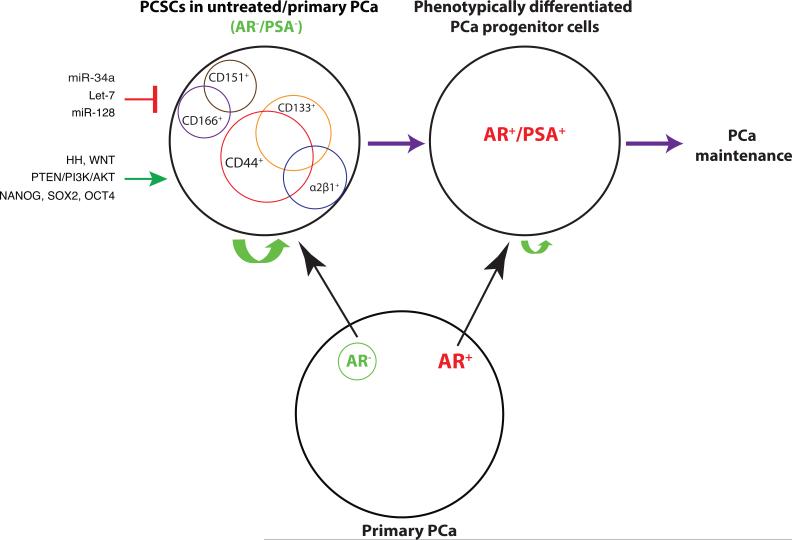Figure 2. PCSCs in untreated/primary PCa.
Primary PCa contains AR+ PCa cells as the majority with the AR− PCa cells being the minority (below). Depicted on top (left) are several representative PCSC populations reported in primary PCa and untreated prostate tumor models, which are mostly AR− and PSA− but have the capacity to differentiate into more mature, AR+/PSA+ PCa cells (right). The PSA−/lo PCSC population has unlimited self-renewal potential (indicated by a large green arrow) whereas differentiated AR+/PSA+ PCa progenitors cells have more limited self-renewal activity (indicated by a small green arrow) (Liu et al., 2015; Qin et al., 2012). The PCSCs can be positively regulated through HH (Hedgehog), WNT and PTEN signaling pathways, as well as by transcription factors such as NANOG/SOX2/OCT4. On the other hand, several miRNAs including miR-34a, let-7, and miR-128 have been reported to negatively regulate PCSCs.

